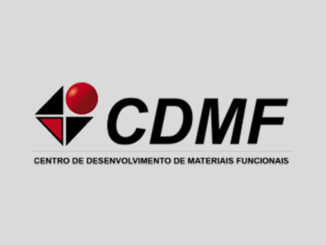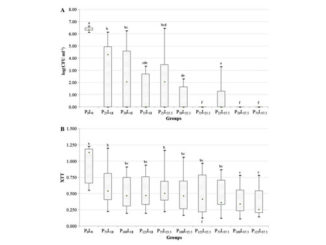
Writers: Paula Volpato Sanitá; Ewerton Garcia de Oliveira Mima; Ana Cláudia Pavarina; Janaina Habib Jorge; Ana Lúcia Machado; and Carlos Eduardo Vergani.
Abstract:
Objective: This study investigated the susceptibility of 198 clinical isolates of Candida species against caspofungin, amphotericin B, itraconazole, and fluconazole.
Study Design: Suspensions of the microorganisms were spread on Roswell Park Memorial Institute (RPMI) agar plates. Etest strips were placed on the plates, and the minimal inhibitory concentration (MIC) was read after incubation (48 h at 37°C). Data were analyzed by a factorial analysis of variance and a 2 × 2 post hoc test (α = .05).
Results: C glabrata showed the highest MIC values (P < .001) against caspofungin, itraconazole, and fluconazole. For amphotericin B, the MIC values of C tropicalis and C glabrata (P = .0521) were higher than those of C albicans (P < .001). Itraconazole was the least effective antifungal; 93.3% of the C glabrata isolates, 3.3% of the C albicans, and 1.3% of the C tropicalis were resistant. All microorganisms were susceptible to caspofungin and amphotericin B.
Conclusions: Caspofungin and amphotericin B should be recommended as an effective alternative for the management of oral Candida infections when treatment with topical or other systemic drugs has definitely failed.
Statement of Clinical Relevance
These findings confirm the resistant susceptibility profile of C glabrata isolates against azole antifungals, especially itraconazole, in persons with diabetes and denture stomatitis. Thus, surveillance of antifungal susceptibility can be helpful in determining optimal therapeutic approaches for these individuals.




